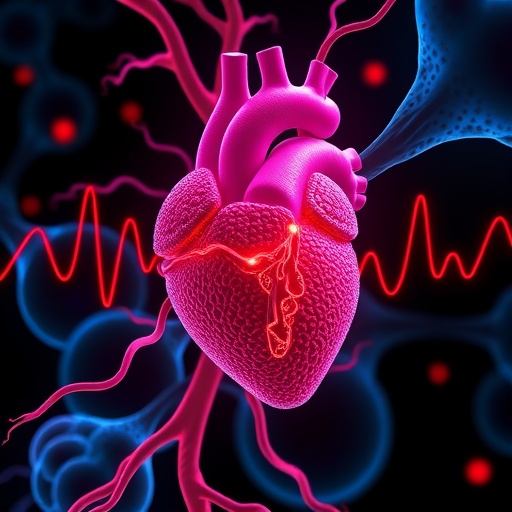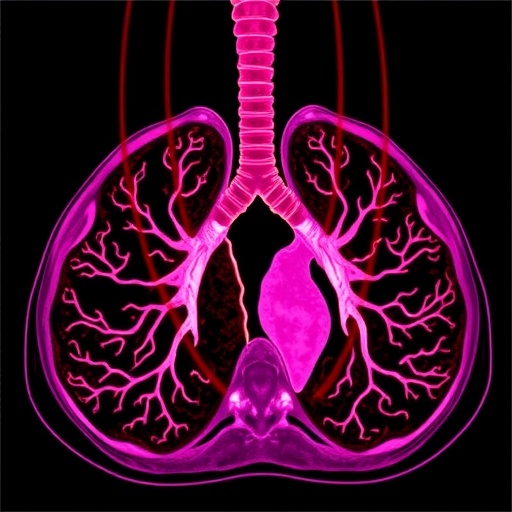Although "multitasking" is a popular buzzword, research shows that only 2% of the population actually multitasks efficiently. Most of us just shift back and forth between different tasks, a process that requires our brains to refocus time and time again — and reduces overall productivity by a whopping 40%.
New Tel Aviv University research identifies a brain mechanism that enables more efficient multitasking. The key to this is "reactivating the learned memory," a process that allows a person to more efficiently learn or engage in two tasks in close conjunction.
"The mechanism may have far-reaching implications for the improvement of learning and memory functions in daily life," said Dr. Nitzan Censor of TAU's School of Psychological Sciences and Sagol School of Neuroscience. "It also has clinical implications. It may support rehabilitation efforts following brain traumas that impact the motor and memory functions of patients, for example."
The research, conducted by TAU student Jasmine Herszage, was published in Current Biology.
Training the brain
"When we learn a new task, we have great difficulty performing it and learning something else at the same time. For example, performing a motor task A (such as performing a task with one hand) can reduce performance in a second task B (such as performing a task with the other hand) conducted in close conjunction to it. This is due to interference between the two tasks, which compete for the same brain resources," said Dr. Censor. "Our research demonstrates that the brief reactivation of a single learned memory, in appropriate conditions, enables the long-term prevention of, or immunity to, future interference in the performance of another task performed in close conjunction."
The researchers first taught student volunteers to perform a sequence of motor finger movements with one hand, by learning to tap onto a keypad a specific string of digits appearing on a computer screen as quickly and accurately as possible. After acquiring this learned motor memory, the memory was reactivated on a different day, during which the participants were required to briefly engage with the task — this time with an addition of brief exposure to the same motor task performed with their other hand. By utilizing the memory reactivation paradigm, the subjects were able to perform the two tasks without interference.
By uniquely pairing the brief reactivation of the original memory with the exposure to a new memory, long-term immunity to future interference was created, demonstrating a prevention of interference even a month after the exposures.
"The second task is a model of a competing memory, as the same sequence is performed using the novel, untrained hand," said Dr. Censor. "Existing research from studies on rodents showed that a reactivation of the memory of fear opened up a window of several hours in which the brain was susceptible to modifications — in which to modify memory.
"In other words, when a learned memory is reactivated by a brief cue or reminder, a unique time-window opens up. This presents an opportunity to interact with the memory and update it — degrade, stabilize or strengthen its underlying brain neural representations," Dr. Censor said. "We utilized this knowledge to discover a mechanism that enabled long-term stabilization, and prevention of task interference in humans.
The researchers are eager to understand more about this intriguing brain mechanism. "Is it the result of hardwired circuitry in the brain, which allows different learning episodes to be integrated? And how is this circuitry represented in the brain? By functional connections between distinct brain regions? It is also essential to determine test whether the identified mechanism is relevant for other types of tasks and memories, not only motor tasks," Dr. Censor concluded.
###
American Friends of Tel Aviv University (AFTAU) supports Israel's most influential, comprehensive and sought-after center of higher learning, Tel Aviv University (TAU). TAU is recognized and celebrated internationally for creating an innovative, entrepreneurial culture on campus that generates inventions, startups and economic development in Israel. For three years in a row, TAU ranked 9th in the world, and first in Israel, for alumni going on to become successful entrepreneurs backed by significant venture capital, a ranking that surpassed several Ivy League universities. To date, 2,400 patents have been filed out of the University, making TAU 29th in the world for patents among academic institutions.
Media Contact
George Hunka
[email protected]
212-742-9070
@AFTAUnews
https://www.aftau.org/news-page-psychology–psychiatry?&storyid4706=2338&ncs4706=3
Related Journal Article
http://dx.doi.org/10.1016/j.cub.2017.04.025
############
Story Source: Materials provided by Scienmag





